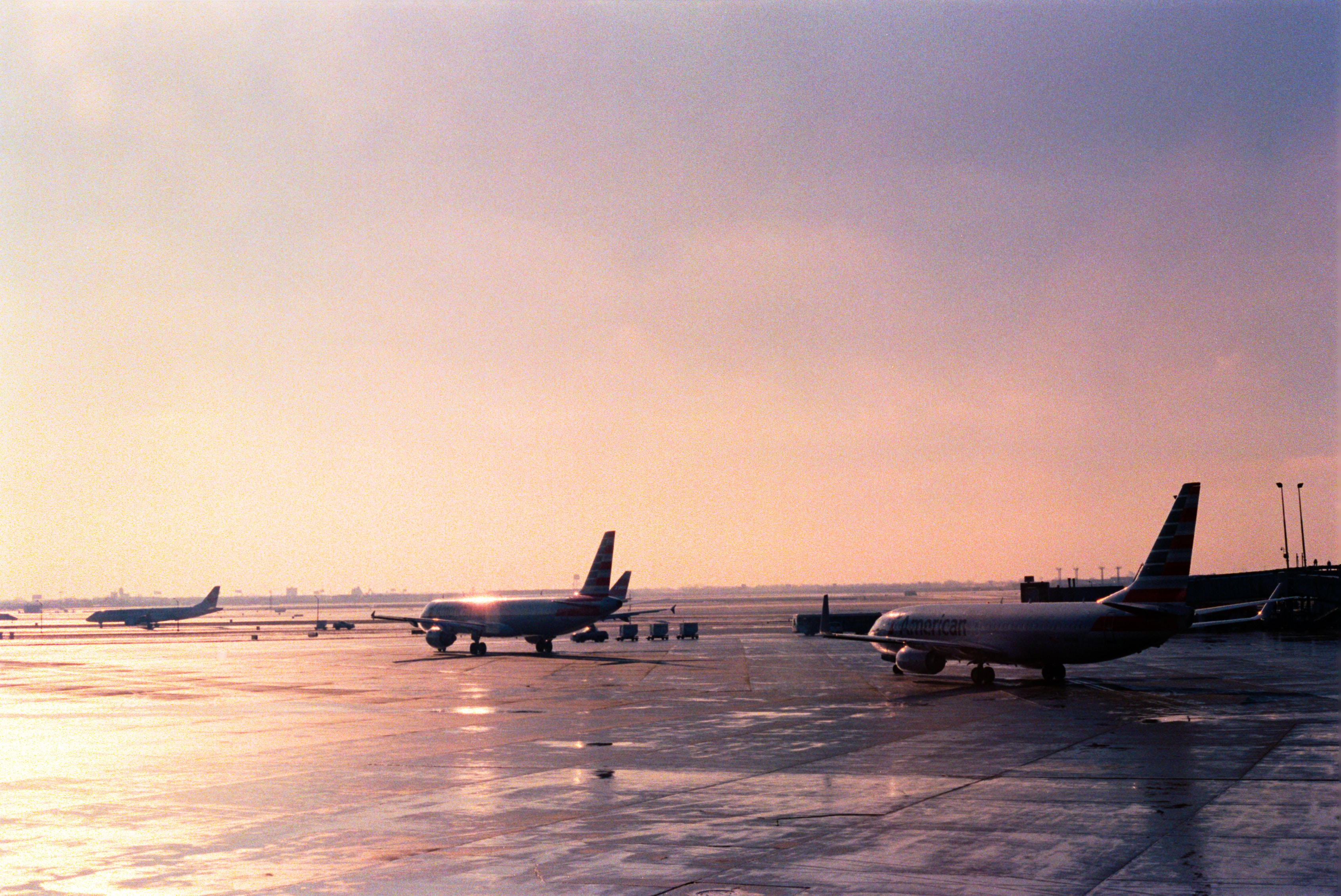Overview of air traffic figures June – July – August 2023
Advance planning and collaboration kept summer delays manageable – traffic growth remains a major challenge

EUROCONTROL Network increased by 7% over the 2022 figure, reaching 93% of the pre-pandemic level. Several areas, notably the south-east axis from Croatia to Türkiye, experienced even greater increases in traffic – well over 10% above 2022. On average, there were 32,495 flights a day with the busiest day, 7 July, reaching 34,637 flights.
Air traffic flow management (ATFM) delays per flight were similar to the previous summer with 3.8 minutes per flight (3.7 in June-August 2022). Delays caused by weather rose significantly from 1.0 min/flight to 1.6 min/flight. Without the weather element, ATFM delays per flight fell by 18% from 2.7 min/flight to 2.3 min/flight.
ATFM delays are a small part of the total delays experienced by the passenger. The percentage of flights arriving within 15 minutes of their scheduled arrival time was better during the core summer months of 2023 than in the same months in 2022, rising from 63.9% to 66.0%. However, this punctuality level was still much worse than in 2019, when 72.9% of flights arrived within 15 minutes of the schedule.
The EUROCONTROL Network Manager prepared extensively for summer 2023, in close cooperation with all operational partners (airlines, airports, air navigation service providers, the military). This work was a major factor in ensuring that ATFM delays did not increase substantially.
Over the coming months, EUROCONTROL will be working with these partners on a network-wide level to plan for summer 2024 and to address four key issues contributing to overall delays: the impact of weather; increased flexibility from all operational stakeholders; realistic scheduling / on-time first departures; and delivering on agreed capacity. The objective is to ensure that in future years, the overall passenger experience improves.
Background
From September 2022, EUROCONTROL worked closely with all operational stakeholders (airlines, ANSPs, the military and airports) to develop a shared plan to address the challenges of summer 2023. The key actions that were identified were:
- Prioritising First Rotation
- Flight Plan Adherence
- Realistic schedules, including turnaround times
- Delivering agreed capacities
Implementing these actions played a major role in ensuring that air traffic flow management delays did not grow substantially, which was a risk due to the significant increase in the number of flights, up to 20% less airspace available as a result of the war in Ukraine, more structural volatility and the impact of weather disruptions.
|
Key figures
|
|



.png)

.jpg)



Comments
There are no comments yet for this item
Join the discussion